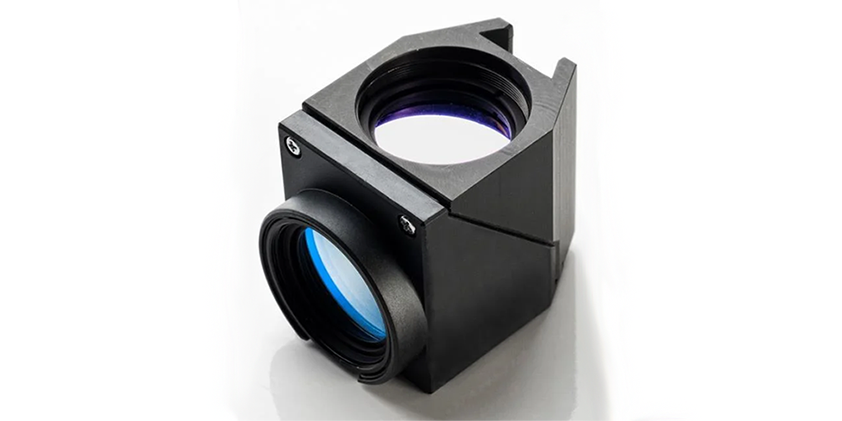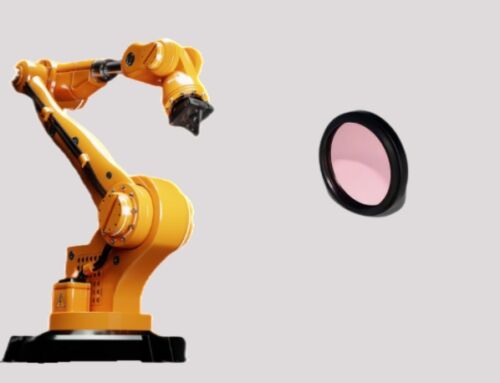How to choose fluorescence filter set
Thursday, April20, 2023

Fluorescence microscopy is a powerful tool used in various biological and medical research applications. One crucial aspect of fluorescence microscopy is the choice of filter set, which determines the excitation and emission wavelengths of the fluorophores used. How to choose fluorescence filter is essential for obtaining accurate and reliable fluorescence imaging data.
How to choose fluorescence filter set?
Here are some factors to consider when choosing a fluorescence filter set with different fluorophores:
- Excitation and Emission Spectra of the Fluorophore: The excitation and emission spectra of the fluorophore are the most important parameters to consider when choosing a filter set. The excitation wavelength should match the peak excitation of the fluorophore, and the emission wavelength should match the peak emission of the fluorophore. This ensures that the fluorophore is excited and emits light efficiently.
- Spectral Overlap of Fluorophores: If multiple fluorophores are used in the experiment, it is essential to consider their spectral overlap. Spectral overlap can cause crosstalk between the channels, leading to false-positive signals. To avoid this, choose filter sets with minimal spectral overlap between the fluorophores.
- Signal-to-Noise Ratio: Signal-to-noise ratio is another critical factor to consider when choosing a filter set. The filter set should provide a high signal-to-noise ratio to detect even weak signals from the sample. High signal-to-noise ratio is particularly important when working with low-abundance fluorophores
- Photostability of the Fluorophore: The photostability of the fluorophore is another important consideration. Some fluorophores are prone to photobleaching, which reduces the signal intensity over time. When selecting a filter set, consider the photostability of the fluorophore to ensure that the signal is stable throughout the experiment.
- Microscope Configuration: Finally, the microscope configuration also affects the choice of filter set. The filter set should be compatible with the microscope and imaging system being used. For example, the filter set should match the excitation light source and the detector used for imaging.
Selecting the appropriate filter set is critical for obtaining accurate and reliable fluorescence imaging data. When choosing a filter set with different fluorophores, consider the excitation and emission spectra of the fluorophores, their spectral overlap, signal-to-noise ratio, photostability, and microscope configuration. Careful consideration of these factors will ensure that the filter set is optimized for the experiment and produces high-quality fluorescence imaging data.







